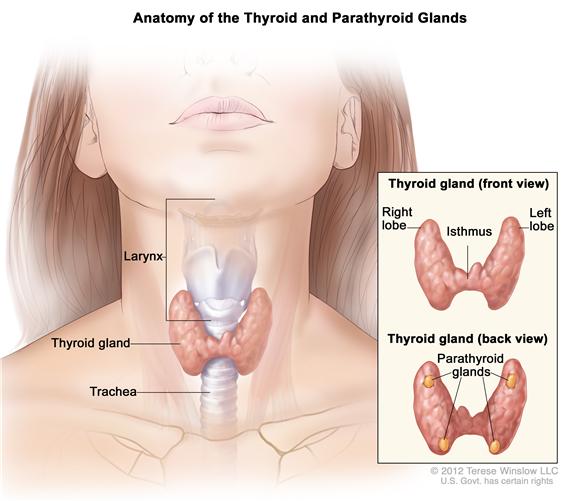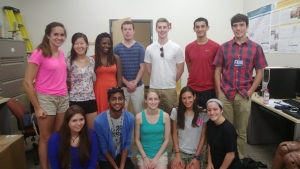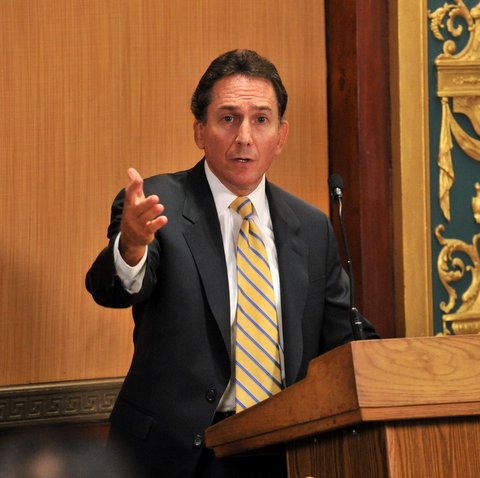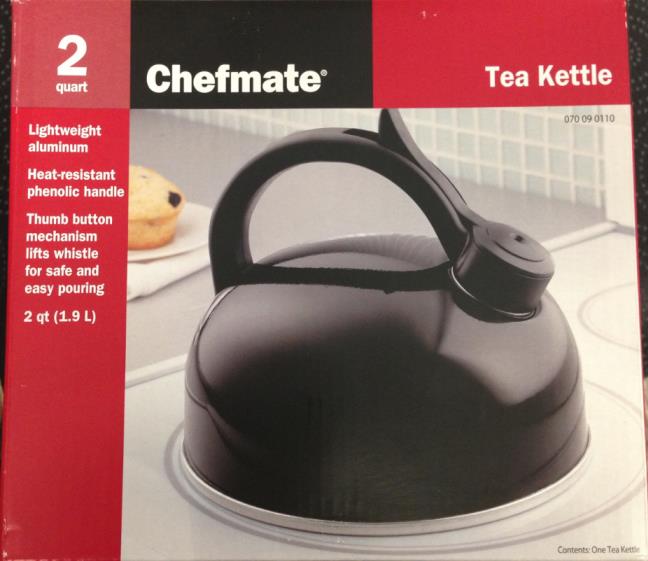New York Accident Prevention: Pedestrian island and other safety measures to be installed at deadly intersection of Ocean Parkway and the Prospect Expressway with Church Avenue in Brooklyn
After a woman was struck by a truck causing her death at the Ocean Parkway Intersection in Brooklyn last June (see our previous blog), the New York Sate Department of Transportation finally approved a $200,000 crosswalk makeover that had been delayed since 2012.
A pedestrian island and other enhancements that will improve safety for all users will be installed on Ocean Parkway near Church Ave where cars funnel onto the expressway.
The construction is expected to start this fall.
 New York Personal Injury Attorneys Blog
New York Personal Injury Attorneys Blog


 Thyroid cancer may be over diagnosed and over treated and many patients may have been exposed to unnecessary treatment and dangerous procedures according to a new study lead by Juan Pablo Brito, M.B.B.S. an endocrine fellow and health care delivery scholar at
Thyroid cancer may be over diagnosed and over treated and many patients may have been exposed to unnecessary treatment and dangerous procedures according to a new study lead by Juan Pablo Brito, M.B.B.S. an endocrine fellow and health care delivery scholar at 
 In their Trial Advocacy column, New York Personal Injury Attorney
In their Trial Advocacy column, New York Personal Injury Attorney  You won’t believe how many things can go wrong with this simple kettle: the spout is defective and water can spill posing a burn hazard, the steam can travel up to the handle and burn your hands. Additionally the leaking steam can prevent the kettle from whistling and if all the water evaporates the kettle may actually melt on your stove!
You won’t believe how many things can go wrong with this simple kettle: the spout is defective and water can spill posing a burn hazard, the steam can travel up to the handle and burn your hands. Additionally the leaking steam can prevent the kettle from whistling and if all the water evaporates the kettle may actually melt on your stove! 